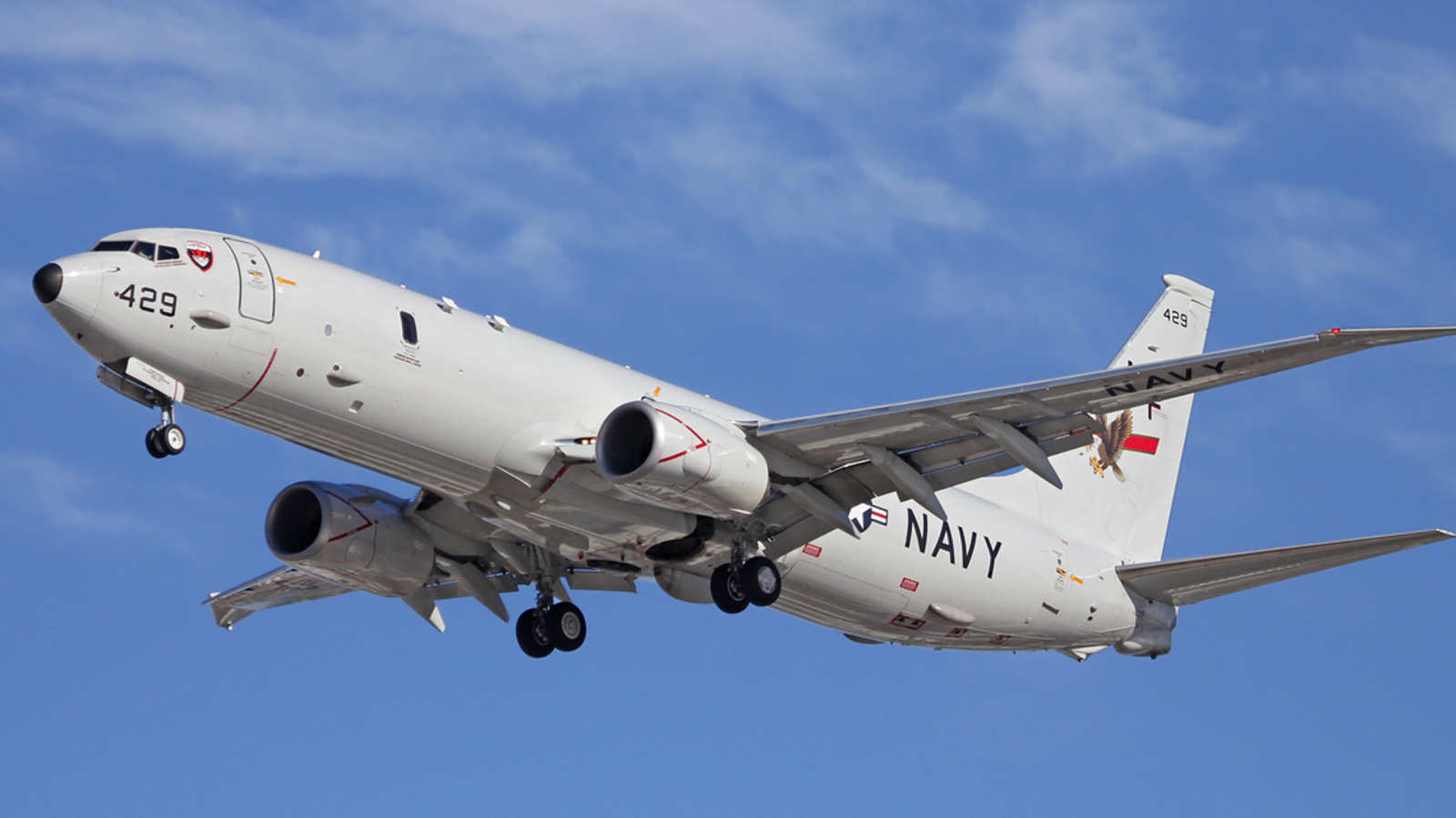Features That Made The Navy’s P-8A Poseidon So Much Scarier Than It Looks – SlashGear

As tensions with the People’s Republic of China rise, the P-8 plays an integral role in studying that country’s nuclear ballistic missile submarines, along with the Triton unmanned aerial vehicle (UAV). To accomplish its share of the task, the jet utilizes advanced radar that’s able to detect, identify, and track objects both above and below the ocean’s surface. Also present are a brace of optical and infrared cameras that can scan the ocean at high resolution from cruising altitudes. Lastly, the Poseidon can deploy inflatable sonobuoys into the water that relay sounds transmitted through the water back to the aircraft.
If the need to attack does present itself, the Poseidon has five hardpoints — a reinforced location for mounting weapons — inside the rear of the cabin, with six additional hardpoints on the exterior. According to War History Online, “These hardpoints can carry a variety of weapons, including cruise missiles, anti-ship missiles, depth charges, mines, and torpedoes.”
A recent addition to the jet’s capabilities is High Altitude Anti-Submarine Warfare Weapon Capability (HAAWC), which allows Mk-54 torpedos to be launched from the safety of high-altitude flight. In layman’s terms, that means the Poseidon can destroy a submarine from a height of 30,000 feet. That’s quite an upgrade because previously, the P-8 had to descend to no higher than 100 feet above the water to deploy a torpedo.
The Poseidon has also proven indispensable in non-combat roles, as well. In 2014, a U.S. Navy P-8 assisted in the search for the missing Malaysia Airlines Flight MH370 in the Indian Ocean, and in 2015, a pair of Poseidon jets were deployed to help locate the El Faro, a large container ship that sunk in the Caribbean during Hurricane Joaquin.
For all the latest Gaming News Click Here
For the latest news and updates, follow us on Google News.

